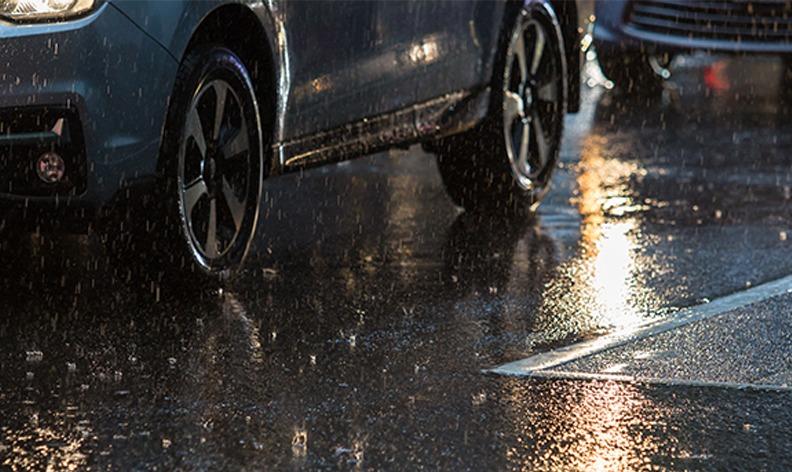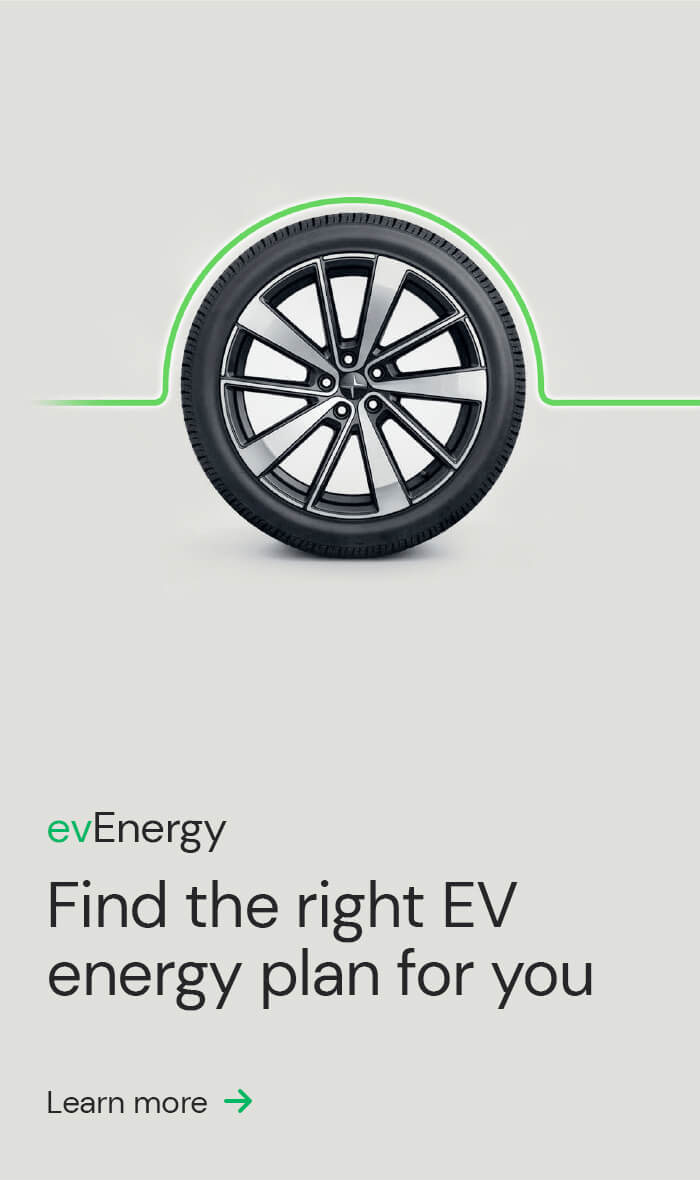Water is a conductor of electricity, and with all that electric tech under the bonnet, the thought of flooding an EV’s components motor can be unnerving. The truth is, driving through water deeper than 10cm is never recommended for any type of car, let alone an EV. If submerged, a car’s working parts can be irreparably damaged.
But what happens driving an electric vehicle in water like rain or a car wash? And how deep a body of water is safe to drive your EV through? Here we answer all your water-related EV questions.
Is it safe to drive an electric car through water?
From puddles and rain to carwashes, these wet environments are totally safe to drive your EV through. All electric car manufacturers have safety features in place to ensure that water does not reach an EV’s delicate components and parts. It is also safe to charge your EV in the rain.
How deep is safe to drive an EV through water?
In 2016 engineers at the University of New South Wales conducted an experiment showing how cars can be carried by water. At just 15 cm deep, water was able to move a 1 tonne Toyota Yaris. If you live somewhere prone to flooding, you may be wondering how safe it would be to drive an EV.
An EV’s electrical circuits and architecture are totally isolated and sealed. This prevents short circuiting or electrocution in extreme weather. They are also subject to wading tests and made to withstand high water pressure from all angles. That said, the same rules apply for EVs as other cars – they should not be driven in water deeper than 10cm.
What about driving a Tesla through water?
One of Elon Musk’s tweets went viral when he stated:
“We *def* don’t recommended this, but Model S floats well enough to turn it into a boat for short periods of time. Thrust via wheel rotation.”
Indeed, videos have even surfaced of Teslas floating across high floodwaters in Kazakhstan and China, leading fans to affectionately refer to it as the car’s ‘Boat Mode’. While it is a positive indication of how well Teslas’ eclectic components are sealed off, nevertheless, it is not advised to drive a Tesla or any EV through high standing or rapidly rising water.
Summary
- It is safe to drive an EV in the rain, through puddles and through car washes.
- While all EV makes and models will have varying wading depths, it is generally not recommended to drive a vehicle through water any deeper than 10cm.
- All EV’s batteries and components are isolated and sealed meaning they won’t be damaged by light water exposure.
Are you considering making the switch to an electric vehicle? ActewAGL can help you effortlessly find, finance and charge your EV. Discover how ActewAGL can support your transition to sustainable driving today.
Sources
https://www.abc.net.au/news/2016-06-18/research-shows-cars-deadly-in-floodwaters/7522798



